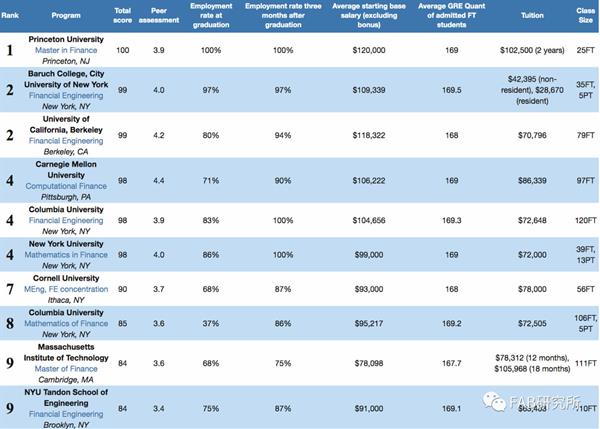 米同学2020-07-21 09:51:37
米同学2020-07-21 09:51:37
R9第20题,答案中提及了一个“conditional 1/n strategy to minimize any potential future regret from one of her funds outperforming another.”这里的conditional 1/n strategy的定义是什么?和naive diversification的差异在什么地方?
回答(1)
 Chris Lan2020-07-21 15:38:31
Chris Lan2020-07-21 15:38:31
同学你好
原版书并没有对conditional 1/N的定义进行明确的说明。
Not all researchers support the idea that investors follow a 1/n strategy. Huberman and Jiang (2006) counter that most participants choose between three and five funds, and that the number chosen is not sensitive to the number of funds on offer (n). However, they do find evidence of participants following a conditional 1/n strategy, by allocating equally among their chosen subset of funds. In other words, once they have selected their funds, they allocate the invested amount equally among the chosen funds.
原版书只在这段对这个问题进行了表述,意思是一个投资者对投资的基金的数量是不敏感的,也就是说我买4个基金和买6个基金是无所谓的,哪个都行,这种情况下我都配置1/n的资金就称为conditional 1/n。书中并没有对naive diversification与conditional 1/n进行区分,我觉得可以将两者视为相似的。
- 评论(0)
- 追问(2)
- 追问
-
好的谢谢您。另外您提供的这些内容,正好回答了我另外一个问题,就是为什么framing bias会让投资者等权重分散至不同的投资品中。其实就是既然我现在有4个或者是6个投资品,我就等权重分配了,如果有8个或者10个,可能我也会等权重分配至这8个或者10个投资品中。这里的framing,其实可以理解成“可选择的最大范围”。您看我理解的是否正确?这个和之前咱们讲到的关于问问题的方式导致的回答差异的那个framing bias,在定义上还是有一些差异的;感觉这道题里提及的framing bias更加的广义。
- 追答
-
同学你好
我感觉有这么点意思,思考问题的整体框架就是6个基金范围内考虑或是10个基金范围内考虑。

评论
0/1000
追答
0/1000
+上传图片



